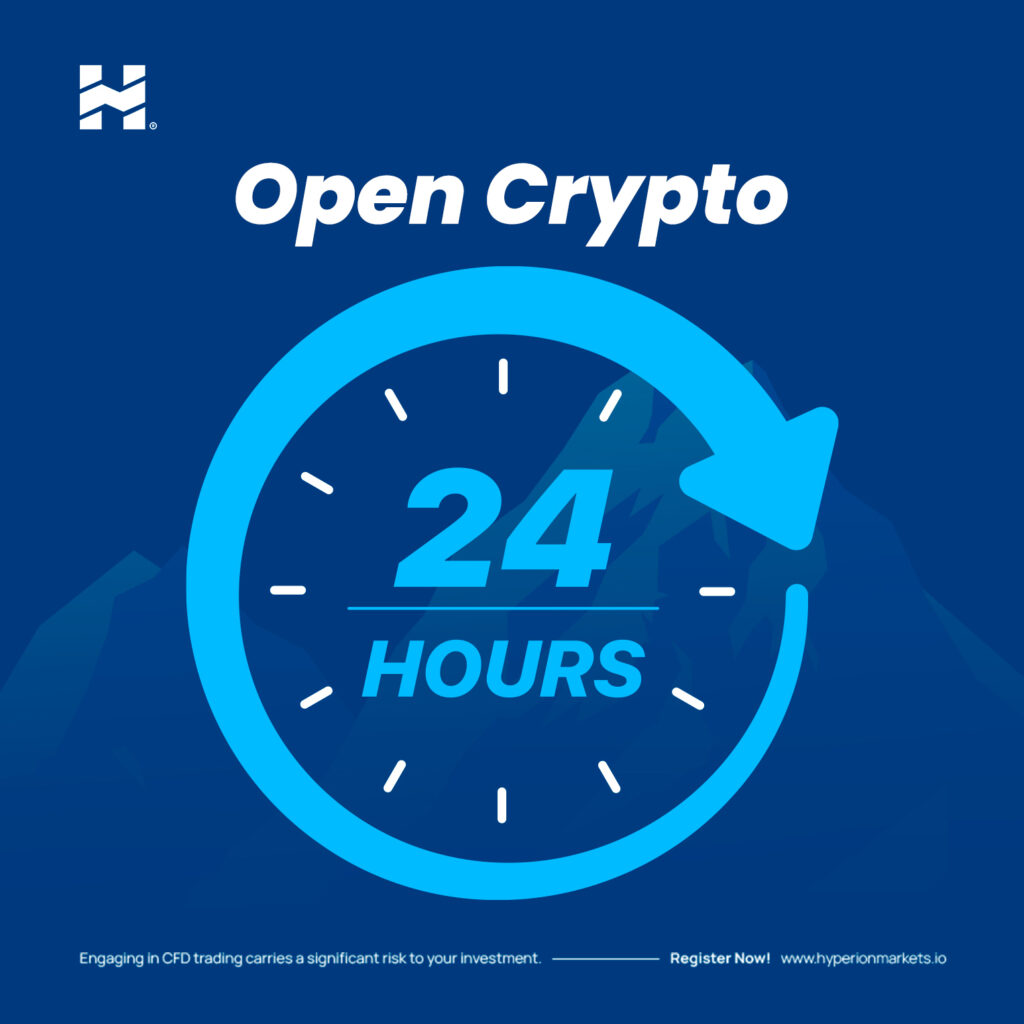Cryptocurrency Market Hours

The cryptocurrency market operates 24 hours a day, 7 days a week, unlike traditional stock markets that have more limited trading hours. This continuous nature of the cryptocurrency market is due to its decentralization and the lack of a centralized intermediary, such as a stock exchange.
In the cryptocurrency market, trading can be conducted at any time, whether it’s day or night, anywhere in the world. This means that traders have the flexibility to trade based on their schedule and time zone.
Despite being available 24 hours a day, it’s important to note that some moments may experience higher trading activity and volatility. For example, during overlapping sessions of major markets, such as the opening of Europe and the overlap with the New York session, increased liquidity and trading activity can be observed.
Best and Worst Times to Trade in the Crypto Market
While the cryptocurrency market operates 24 hours a day, 7 days a week, there are times when activity and volatility are higher. Here are some of the best and worst times to trade in the cryptocurrency market:
Best times to trade
- Market Session Overlap: The overlap of market sessions, especially between the European session and the New York session, tends to have higher liquidity and trading activity.
- Start and End of the Week: At the beginning of the week (Monday) and the end of the week (Friday), there may be higher activity as traders react to events that occurred over the weekend.
- Important News Announcements: The release of relevant news, technological updates, or announcements of significant projects can generate significant price movements.
Worst times to trade
- Low-Activity Market Sessions: During the night and early morning hours, activity may be lower, especially if there is no significant overlap between major market sessions.
- Periods of Consensus or Stability: During times when the market is in a consolidation or stability phase, price movements may be limited, making it difficult to find significant trading opportunities.
- During High-Impact Events: Immediately before or after high-impact events, such as forks or major regulatory events, the market can become highly unpredictable and risky.
